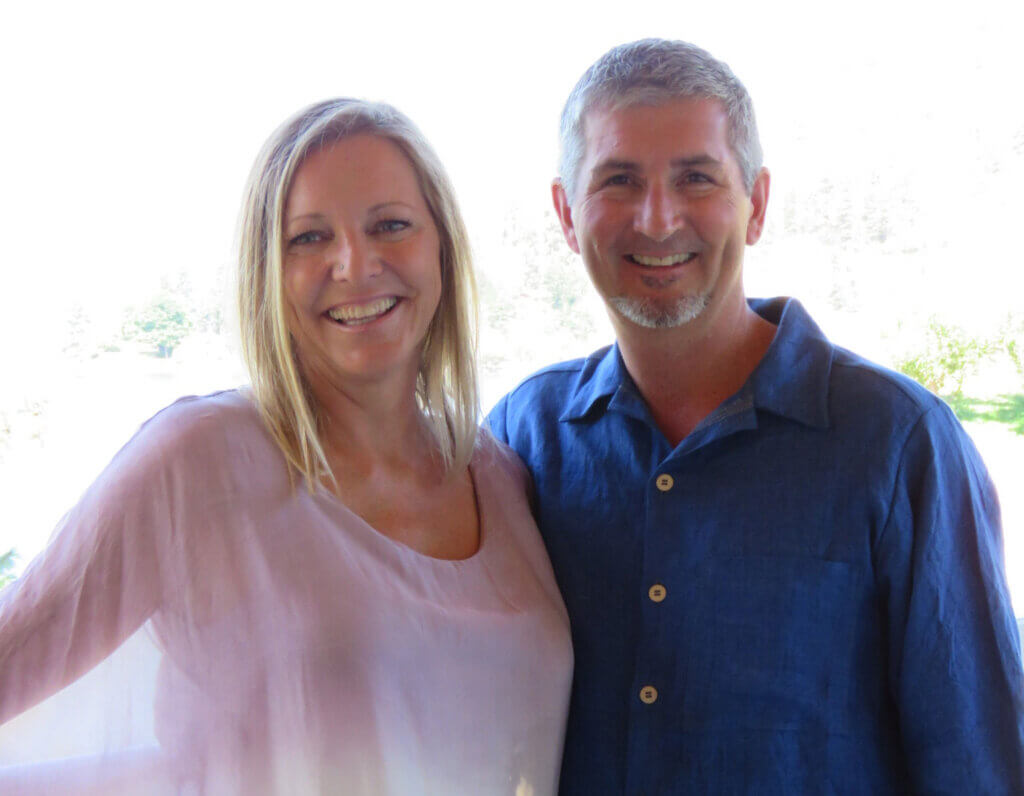About Neil
I trained at Queen’s University, first as a physical education teacher, and then completed my physiotherapy degree in 1985. Early in my clinical career I questioned what I had been taught about pain – this did not match up with patients’ experiences. Although I had planned on moving right into sports medicine, I was lucky early in my career to gain insights from many perspectives while working as a team member in various hospital settings including neonatal ICU and trauma ICU. In 1991 I returned to Queen’s to complete a Master’s in Rehabilitation Science, focusing on neck pain, whiplash associated disorder and physiotherapy interventions. My plan was to continue into academia, yet I chose to return to clinical practice. It became apparent that patients were not receiving care based on current evidence, but rather on out-dated theories, so I shifted some of my energy to sharing what I had learned from people in pain and from my grad studies.
In 1997 I moved to Vancouver, British Columbia, working as a clinician in work-return programs, educating other clinicians in these programs, and teaching at University of British Columbia. In Vancouver I was exposed to vipassana meditation, mindfulness-based stress reduction, and yoga. Coming from a biomedical background, and having learned from people in pain that there was a need for much more, I was drawn to the practices and philosophy of yoga. Soon after, I was offered a clinical position at a pain management center, where I quickly realized the enormous commonalities in the teachings of yoga and the biopsychosocial processes of evidence-based pain management programs.
Over the next decade a number of key events occurred including the opportunity to work in different clinical settings, being introduced to a group of like-minded physiotherapists across Canada, meeting and learning from Lorimer Moseley, David Butler, and other pain scientists/clinicians, becoming a board member with Pain BC, and deepening my studies in yoga with a 500 hour teacher training program lead by Mugs McConnell.
In 2007, I self-published Understand Pain Live Well Again, and offered my first Overcome Pain Gentle Yoga retreat for people in pain. The retreat offered education in pain science combined with experiential learning related to techniques and practices of yoga selected from many that had been beneficial in clinical practice. The success of this and other retreats inspired the development of the Pain Care Yoga training programs for health professionals and yoga therapists, to the creation of the Overcome Pain Gentle Yoga videos, and subsequently to the Pain Care Aware platform.
Publications and Awards
AWARDS
Medal of Distinction, Canadian Physiotherapy Association 2021
Distinguished Alumni Award, Queen’s University 2015
Excellence in Interprofessional Pain Education, Canadian Pain Society 2012
Award of Excellence Clinical Contribution, Physiotherapy Association of British Columbia 2010
PUBLICATIONS
Augur N, Bostick G et al. (Nov 2021) Development of a National Pain Management Competency Profile to Guide Entry Level Physiotherapy Education in Canada. Canadian Journal of Pain.
Pearson, N., Prosko, S., Sullivan, M., & Taylor, M. J. (May 2020). White Paper: Yoga Therapy and Pain—How Yoga Therapy Serves in Comprehensive Integrative Pain Management, and How It Can Do More. International Journal of Yoga Therapy.
Pearson N., Prosko S., Sullivan M. (2019). Yoga and Science in Pain Care: Treating the Person in Pain, Singing Dragon Books.
Pearson N. (Winter 2019). Interoception: A Nuanced Look Within, Yoga Therapy Today, 24-26.
Pearson, N., Pearson, L., & Byron, E. (Spring 2020). Pain and Yoga Therapy: Part 3—When Pain Persists. Yoga Therapy Today, 16-20.
Pearson, N., Pearson, L., & Byron, E. (Winter 2020). Pain and Yoga Therapy: Part 2—The Lived Experience of Persisting Pain. Yoga Therapy Today, 30-33.
Pearson, N., Pearson, L., & Byron, E. (Summer 2019). Pain and Yoga Therapy: Part 1. Yoga Therapy Today, 30-34.
Blinkenstaff, C, Pearson, N. (2016). Reconciling Movement and Exercise with Pain Neuroscience Education: a Case for Consistent Education. Physiotherapy Practice Review, 32(5): 396-407.
Pearson, N.; (2016). Neurobiology of Pain. Yoga Therapy Today, Spring 2016, 12-16.
Pearson, N.; Thompson, D. L., Brooks, M. Z., eds. (2016). Yoga for People in Pain(chapter), Integrative Pain Management, HandSpring Publishing.
Pearson, N. (2012). Know Pain. Yoga Therapy Today, Summer, 2012. 14-16.
Pearson N. Yoga and Chronic Low Back Pain. International Journal of Yoga Therapy, 20: 53-54.
Pearson, N. (2010). Yoga and Chronic Low Back Pain. International Journal of Yoga Therapy, 20(1), 53-54.
Pearson, N, Walton, D, Moseley GL, Kerr, S. Support for the effectiveness of a pain neurophysiology education session delivered in a large group format. IASP congress abstracts, 2009.
Pearson, N. (2008). Yoga For People in Pain, International Journal of Yoga Therapy, 77-86.
Pearson, N. (2008). Understand Pain, Live Well Again: Pain Education for Busy Clinicians and People with Persistent Pain. E-book, self-published; available on Amazon.
Pearson, N. (2008). Overcome Pain, Live Well Again. DVD, self published.
Pearson, N.D., Walmsley, R.P. (1995) Trial into the effects of repeated neck retractions in normal subjects. Spine 20: 1245.
Pearson, N.D., Butcher, D., Higgs, K. (1995). The Manga Report: Managing Political Lobbying from other Health Care Professionals. APTA Conference Abstracts #4221.
Walmsley, R.P., Pearson, N.D., Stymiest P. (1986). Eccentric wrist extensor contractions and the force-velocity relationship in muscle. J Ortho Sports Phys Ther 8(5): 288-293.
Open Access Webinars and Resources
Lead Contributor – PC Health app Self Care for Chronic Pain & Self Care for Low Back Pain health journeys
Lead Contributor – Pain BC’s Pain Foundations 2018
Lead Contributor – Pain BC’s Gentle Movement/Relaxation series, (2019)
Lead Contributor – Pain BC’s Gentle Movement @home youtube videos
Lisa is My Love. True and equal. A balance of feminine and masculine we are. Yin and Yang. Both Air signs.
Committed Truth seekers and mystery holders. She makes me better and reminds me of my true nature because it is reflected in her.
She IS my Love first and foremost, and my Dharma partner in this life and beyond.


